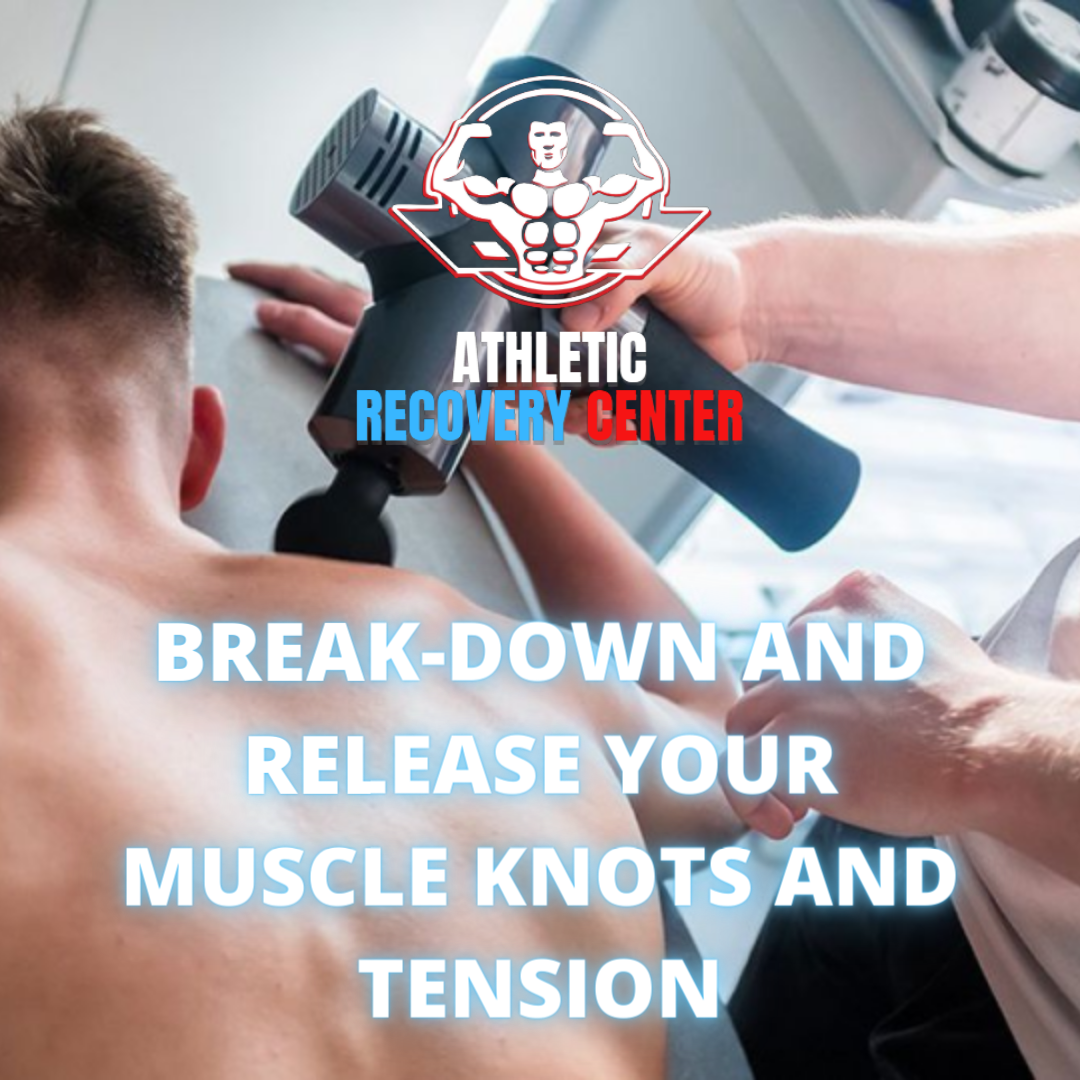Discovering the True Power of Fascia Tissue: How it Affects Your Body's Functionality
Muscle Tissue Illustration During Massage
If you have ever experienced muscle soreness, joint pain, or stiffness, then you may have heard of fascia tissue. Fascia is a connective tissue that runs throughout the body and plays a crucial role in how the body functions. In this article, we will explore the hidden power of fascia tissue, what fascia does, and how it affects your body's functionality.
What is Fascia Tissue?
Fascia is a type of connective tissue that surrounds and connects muscles, bones, and internal organs. It is a complex web-like structure that is made up of collagen fibers and elastin fibers. Fascia provides support and stability to the body, allowing for movement and flexibility.
The Three Types of Fascia Tissue:
There are three layers of fascia in the body: superficial fascia, deep fascia, and visceral fascia. Superficial fascia is located just beneath the skin and helps to insulate and protect the body. Deep fascia is located deeper in the body and provides support to muscles and bones. Visceral fascia surrounds internal organs and provides protection and support.
What Does Fascia Do?
Inside The Fascia:
Fascia plays a crucial role in how the body functions. It acts as a shock absorber, helping to distribute forces throughout the body. Fascia also helps to transmit force from one muscle to another, allowing for coordinated movement. Fascia also plays a role in maintaining proper posture and alignment. It helps to support the body's weight and keeps the body in balance. When fascia is tight or restricted, it can cause pain, stiffness, and limited mobility.
How Do I Know When My Fascia Is Tight?
There are several signs that your fascia may be tight or restricted. If you experience muscle pain, joint pain, or stiffness, it may be due to tight fascia. Other signs of tight fascia include:
Limited range of motion
Chronic pain
Postural imbalances
Muscle knots and tension
Headaches
If you suspect that you have tight fascia, it is important to seek treatment to prevent further damage.
What Can I Do To Release Tight Fascia?
There are several methods that can be used to release tight fascia. Two of the most effective methods are: Percussion Therapy and Red & Near-Infrared Light Cupping Therapy.
Percussion therapy is a revolutionary deep-tissue therapy method that can help reduce pain, improve mobility, and increase range of motion. It utilizes a high-powered handheld device to deliver rapid, repetitive strokes (wavelengths) with more than 80lbs of force to penetrate deeply into the skin and reach the affected areas. This helps to break up adhesions and scar tissue, allowing for improved mobility and range of motion.
This therapy resembles a hand massage, but this method reaches deeper into the muscle to yield better results. This treatment is quick, comfortable, and highly effective in providing relief from muscle and joint pain, reducing inflammation, and improving overall wellbeing.
Red and Near-Infrared Light Cupping Therapy is another very effective method for releasing tight fascia. This therapy uses cups that are placed on the skin, creating a vacuum-like suction. The cups are then filled with Red & Near-Infrared Light, which helps to stimulate blood flow, reduce inflammation, repair damaged and torn tissues, excrete toxins and metabolic waste, and eliminate the inflammation that causes arthritis, bursitis, and myositis.
Red and Near-Infrared Light Therapy is FDA-approved for natural pain relief, the improvement of musculoskeletal conditions and disorders such as arthritis, bursitis, fibromyalgia, and tendonitis, and the regeneration & restoration of musculoskeletal tissues. This therapy can be especially effective for plantar fasciitis therapy, as it can help to reduce pain and inflammation in the plantar fascia.
Where Can I Get Fascia Release Therapy?
Conclusion
Fascia tissue plays a crucial role in how the body functions. It provides support, stability, and shock absorption, allowing for movement and flexibility. When fascia is tight or restricted, it can cause pain, stiffness, and limited mobility. There are several methods that can be used to release tight fascia, including Percussion Therapy and Red and Near-Infrared Light Cupping Therapy.
If you are experiencing fascia pain, muscle pain, joint pain, knee pain, low back pain, neck pain, sciatica pain, shoulder pain, back pain, arm pain, sprained ankle pain and swelling, pulled muscle pain, torn muscle pain, fibromyalgia pain, neuropathy pain, arthritis pain, bursitis pain, or any other type of pain or stiffness, book an appointment at Georgia's Best Holistic & Naturopathic Practice today and discover the true power of fascia tissues to heal your body without surgery or medication!
How To Book An Appointment?
Find an AFC Athletic Recovery Center location near you today! Our premium holistic wellness & sports therapy treatments are available to communities of Alpharetta, Cumming, Fayetteville, Johns Creek, Milton, Peachtree City, Peachtree Corners, and Roswell, GA.






